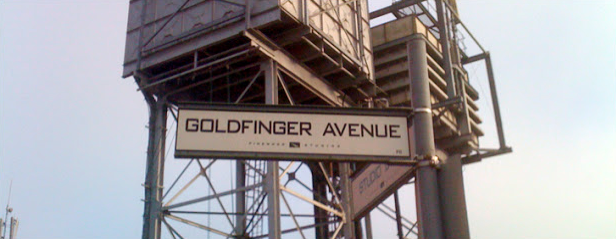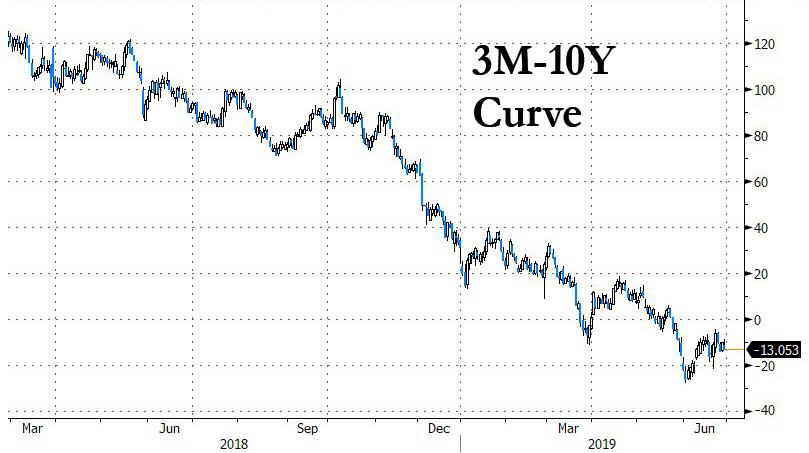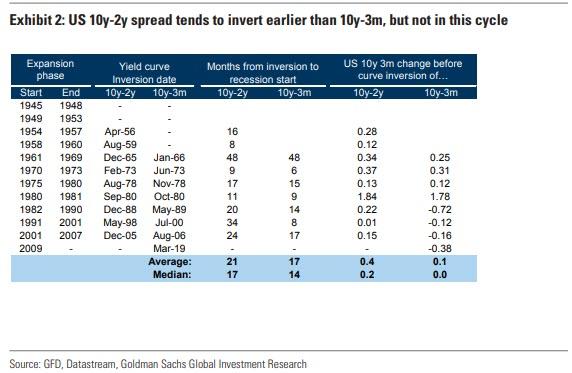...The Dutch 'Wind-trade', which also popped and dropped during those memorable months of 1719 - 1720?
From Professor (Erasmus U., Rotterdam) David Smant's personal website:
DUTCH MIRROR OF FOLLY, Windhandel 1720
.....Published by various connoisseurs, in order
to taunt this despicable and deceiving trade, by which in this year,
several families and persons of high and low standing were ruined, and
depraved of their resources, and the real trade halted, in France,
England and the Netherlands.
As long as the greedy person, Has money and goods,
The swindler will get his way,
Because the greedy and feeble-minded will always supply him.
[The Great Picture of Folly, 1720]
The scene is set. This is the text on the
cover page of one of the main sources of information about what has
become known as the Dutch 'windhandel' (wind trade) of 1720. Hardly a
strong recommendation for objective and serious analysis of this episode
in Dutch share trading. The Great Picture of Folly consists of a
collection of cartoons, comedies and satires, poems and a few texts
depicting the short-lived boom in Dutch joint-stock companies.
Approximately 40+ joint-stock companies were proposed and founded in the
period June-October 1720. Most of these companies were designed to
follow the recent English example for joint-stock assurance companies
(aiming to replace the existing private, individual insurance
underwriting) although their plans also included various combinations of
commercial (e.g. shipping and trade) and financial (loans and
lotteries) activities. Besides the fact that the proposed joint-stock
companies required an official charter, their planning and organization
included a close cooperation with the Dutch city governments (today that
would be called public-private partnership).
The following table presents a survey of
most of the Dutch companies and the available information on key
features with respect to date, nominal capital and nominal share value.
Eight of the proposed companies were stopped at an early stage, mostly
because official consent was not obtained. All the projects followed
each other within a very short time frame from June to October 1720. The
most important feature was perhaps that the proposals with respect to
share capital included a large maximum share capital that in most cases
was not at all intended to be called on short notice. Most initial calls
of share capital were between 1 and 15 percent. The maximum share
capital seems to have functioned as an upper limit on shareholder
liability (particularly in the case of the insurance companies) and as a
shareholder commitment to supply future funds (something we today would
compare to loan commitments or credit lines offered by banks). The
effective nominal value of shares should be adjusted accordingly; only
the percentage called or paid-in capital amount is relevant. As is clear
from the final rows in the table, from the enormous amount of 363 mln
guilder capital (more than 800 mln guilder incl. the stopped projects)
only 41 mln gld of capital was actually called to start company
operations. Still a large amount of money, but of course of a different
order than the exaggerated 363 or 800 million that others like to
emphasize when commenting on this episode.

[Note: The table is
constructed using information from various sources. Information
published is not always reliable and frequently confusing because the
situation was constantly changing with many companies adjusting their
subscription conditions during 1720 and later. Pct. capital called
refers to the total, not merely the first installment that is reported
in some sources. The Societeit Berbice is treated separately because
although founded in the same period, its origin was not related to the
other assurance and commerce projects. A few other proposals may have
circulated at the time, informally with little information or simply
unknown to us today. A unique printed price list for the daily prices on
the Amsterdam exchange, dated 25Sep1720, lists 26 domestic compagnies,
and includes companies in Schoonhoven and Staveren but these two
companies' shares had no prices. Embden is located in Germany but right
on the border with the Netherlands.]
Joint-stock (marine) insurance companies
As mentioned before, half or more of the
proposed Dutch joint-stock companies mentioned assurance as one of their
important activities. At the time, the joint-stock insurance activities
could perhaps be viewed as an attractive major new business
opportunity. The share prices of some of the important assurance
compagnies (Stad Rotterdam, Middelburg Assurantie, and also Delft,
Gouda) do suggest they contain a premium over the other compagnies (see
the graph of share prices below). The proposed other, frequently
somewhat unfocused, commercial activities must probably be viewed as
essentially serious attempts of public-private partnerships to
accumulate funds of capital that were needed or desired to stimulate the
various local economies; the Dutch economy was (probably) experiencing a
somewhat difficult conjuncture period that had started approx. a year
earlier (1719).
The importance and subsequent experience of
the joint-stock insurance companies is perhaps aptly described by the
following text [adapted from Kingston (2007, JEH): Marine insurance in
Britain and America, 1720-1844: A comparative institutional analysis]
At the start of the 18th century, marine insurance in
Britain was carried out entirely by private individuals. Many
underwriters were merchants who wrote insurance on the side, but any
wealthy individual could underwrite a policy. A merchant (or a broker
acting on his behalf) wishing to purchase insurance drew up a policy and
presented it to private underwriters for their signature. Risks were
usually shared among several underwriters. The parties negotiated a
premium, and the underwriter wrote on the policy the amount he was
willing to insure.
In 1717 several groups of merchants and speculators
began petitioning to obtain charters for joint-stock marine insurance
corporations. The promoters argued that the proposed corporations would
provide cheaper and more secure insurance than the existing system of
private underwriters. Their underwriting would be backed by a large
capital fund, and in the event of a claim, it would be easier for a
merchant to recover losses from a corporation than from many individual
underwriters separately. Corporations also expanded the pool of
available capital by enabling those without specialist knowledge of
marine risks, or with relatively modest amounts of capital, to act as
insurers by entrusting their underwriting decisions to experts. The
proposed charters were opposed by merchants and private underwriters in
London and Bristol, who claimed that the existing system was adequate,
and that a monopoly would harm trade. Both sides in the debate, however,
shared the expectation that if charters were granted, the proposed
corporations would drive private underwriters out of the market. The
argument was settled when the two main groups of promoters offered the
King £600,000 (to pay off the debt on the Civil List) in exchange for
charters.
Two joint stock corporations (the Royal Exchange Assurance and
the London Assurance) were subsequently incorporated as part of what
later became known as the “Bubble Act” of 1720. The Bubble Act made it
illegal for joint-stock companies to operate without a corporate
charter.
In all industries except marine insurance, however, other kinds
of unincorporated companies, including partnerships and trusts, were
still allowed, and businessmen were later able to use these devices to
create (highly imperfect) substitutes for the joint-stock business
corporation (Harris, 2000)....
....
MUCH MORE
Professor Smant's homepage.
See also
the Rijksmuseum








